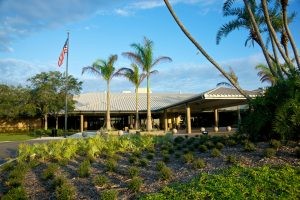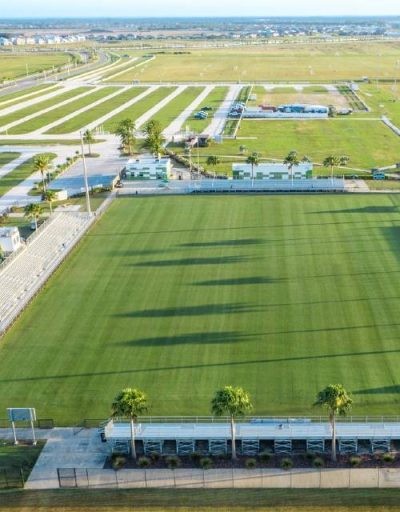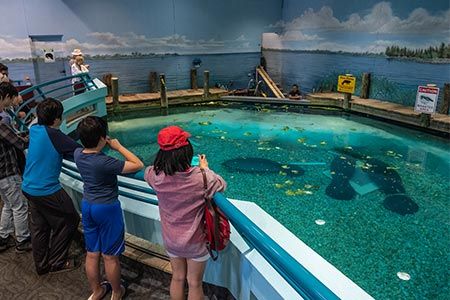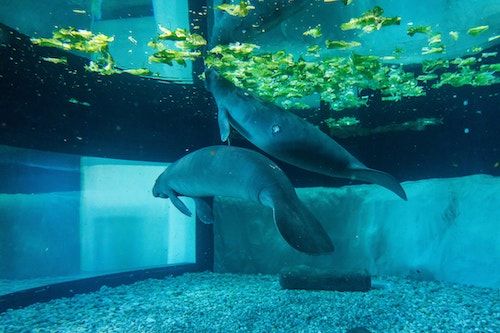Making a Difference for Our Manatees
Manatees are large, gentle giants that hold a special place in the hearts of Floridians. With their serene disposition they can cause you no harm. Unfortunately, manatees that very nature makes them all the more vulnerable against natural and man-made dangers in the wild.
Making a Difference for Our Manatees
Environmental factors such as cold water, red tide, and lack of food threaten their ability to thrive. Human factors such as discarded fishing line, litter, and boat propellers are also hazards to their health. That’s why the Bradenton Area’s Bishop Museum of Science and Nature recently received a $700k grant to expand their manatee care as part of the The Manatee Rescue & Rehabilitation Partnership (MRP) with Virginia Edmonds at the helm.
“We’re capable of doing really great things,” remarks Edmonds. To date, the program has rescued and released at least 1,000 manatees, and through the museum they’ve rehabilitated 44 manatees.
The grant money is being used to renovate an existing facility to help serve the injured manatee population. The newly leased site in Myakka City already has pools in place, so a few quick fixes and a new filtration system were all that was needed to get it up and running. It is now part of a network of other rehab facilities in the area with one goal: to help the manatees. The three partner hospitals are located at Sea World, Zoo Tampa, and Jacksonville Zoo collectively serving about 80 manatees.
“We are able to offer critical care which alleviates about 10% of the manatees that need help,” says Virginia.
Making a Difference for Our Manatees
Depending on their injuries, health needs, or age, some manatees may stay in the facility for as long as two or three years. Often times, pregnant manatees give birth at the facility. Returning the mother cow and her calf into the water is a delicate balance of ensuring they are not just strong and healthy, but that they are returned to their warm water sites. The MRP program also keeps track of some of the young manatees to ensure they are successful in the wild.
While Virginia and her team are working diligently to help keep one of Florida’s most beloved animals healthy and thriving, she underscores that we can all help. “Be thoughtful about sharing the environment with the animals around you,” she advises. In addition to mindfulness, there are other ways to pitch in too:
Visit and support the center: it’s a non-profit, so you can just come to their front door to visit and make a contribution.
Join the foster friends program to help provide food for the manatees. They eat about 12% of their body weight each day!
Be mindful when you’re in the water: don’t discard monofilament (fishing line) in the water. Be on the lookout and avoid manatees when you’re on your boat, and don’t litter.
Visit ManateeRescue.org to learn more.







